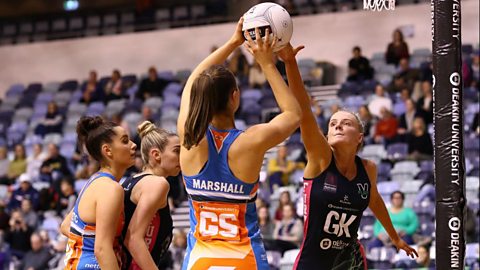The finest tamers of the baize are poised to gather in Sheffield for the 2023 World Snooker Championship. But how much do you know about the sport, its rules and its lingo?
Snooker itself evolved from the much older game of billiards and dates back to 1875. Its invention is credited to a British soldier called Neville Chamberlain (not the future Prime Minister) serving in India. He added different coloured balls into a version of billiards which included just the red and black ones.
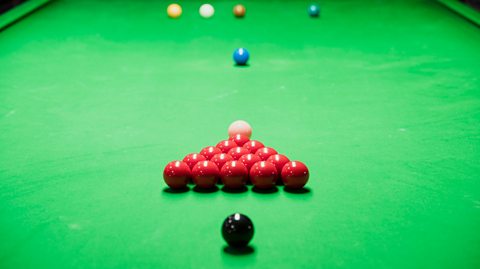
If you’re a newcomer to snooker, you may not be aware what the different terms related to the game mean. For example, the baize (mentioned above) is the woollen fabric that forms the playing surface on snooker tables - and is usually green. For some more snooker terms and their definitions, take a look below.
The basics and the big breaks
Championship snooker is played on a table measuring 12ft by 6ft. There are 22 balls on the table at the start of each game (or frame). One is the white cue ball, which is used to pot as many of the 21 other object balls as possible into one of the six pockets at the corners and sides of the table.
The object balls are 15 red balls, then one ball each of yellow, green, brown, blue, pink and black.Potting a red scores one point. Yellow is worth two points, a green is three, brown is four, blue is five, pink is six and black is seven.
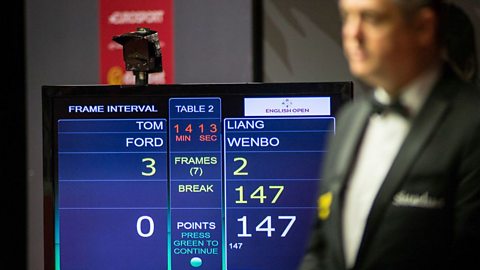
Each player takes it in turns to score as many points as possible to win the frame. The first objective is to pot a red ball. After pocketing a red, a player must then pot a more valuable ball of a different colour to increase their score. If they successfully pot that more valuable ball, they must then go for another red. Pot that red and they can go for a ball of another colour again. The red/colour/red/colour sequence continues until there are no reds left on the table. When a player fails to pot a ball, their opponent gets a turn at the table.
While there are still reds left on the table, the higher-scoring balls in other colours are returned to the table (usually by the referee or umpire) from the pocket after they have been potted.
Once all the reds are potted, the coloured balls must then be pocketed in order, beginning with the lowest value ball (the yellow) and ending with the black ball.
It is possible for a player to clear the table of every ball (except the cue ball) on their first turn and get an impressive score on the board too. Here’s how:
- Firstly, the player needs to pocket all 15 red balls.
- To achieve the highest possible score, the player has to pot the black after each red (they can pot other colours after a red if they wish, but this won’t get them the highest score).
- Then the remaining colours are potted in the sequence mentioned above (yellow, green, brown, blue, pink and black).
- To make all that happen - 15 reds, 15 blacks, then the remaining colours in the correct order - a player must make 36 consecutive pots without a single error.
Do all that and a player scores an impressive 147 points and win the frame. It’s known as a 147-break, or maximum break. The British player Steve Davis achieved the first 147-break on television during a championship screened in 1982.
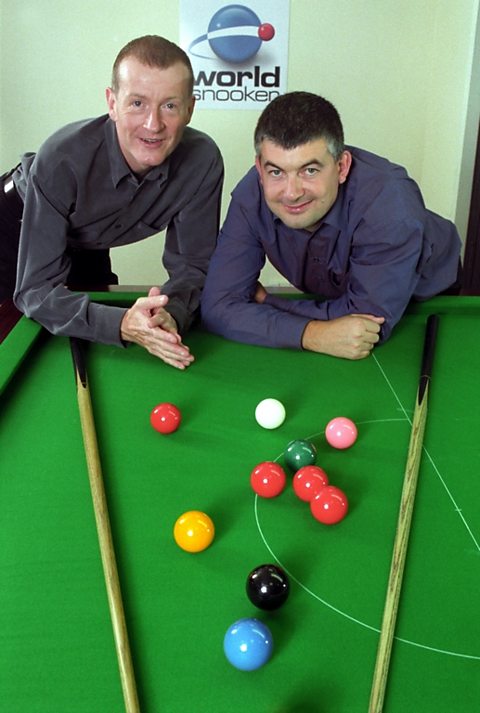
Baulk line and D
The baulk line is the white line you can see on the table when you look at overhead shots on TV, and is situated 31 inches from the top of a 6ft by 12ft table (the distance differs on tables of different sizes). The baulk line is also home to the D.
Looking a little like the Sun popping over the horizon, the flat edge of the D is where three of the coloured balls - yellow, green and brown - are placed in a line, at equal distances from each other, at the beginning of each game. The D is also where the cue ball is placed at the beginning of each frame for the first shot of the game.
Cannon
With plenty of practice, a skilled player can use the cue ball to produce a bit of snooker magic called a cannon. Its basic meaning is striking more than one object ball with the cue ball.
That is, striking one object ball (and sometimes potting it too), but judging the angle well enough that the cue ball has enough momentum to bounce off, continue on its journey and make contact with another ball.
It’s all about the angles and the how much force the cue ball is struck with. It’s also about gaining an advantageous position on the table.

Kiss
It’s vital the cue ball makes contact with an object ball after a player has sent it on its way across the table, otherwise it’s a foul shot.
That doesn’t always mean a player putting their full force behind a shot to send the cue ball down to the other end of the table. Sometimes, gently does it.
A well-executed light tap can see the cue ball simply nudge or graze against another ball. As long as there is contact, even if for a split-second, the shot is legal. Like a quick peck on the cheek, this type of shot is known as a kiss.
Snookered
Imagine there’s an object you really, really need to reach. It’s within your grasp but there are some annoying obstacles between it and you, like a couple of brick walls.
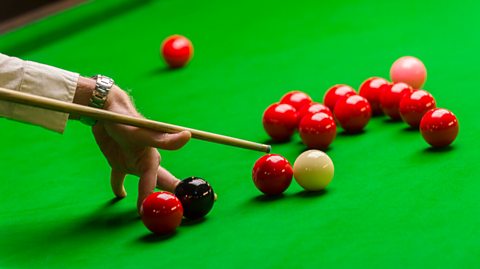
Being snookered is a similar situation. It’s where the player is obstructed from getting the cue ball to the one they need to hit, because another ball (or balls) is blocking its path.
However, being snookered is not the end of the story. Experienced players have shown on numerous occasions how to escape from these situations, rebounding the cue ball off the cushions at precise angles in order to reach the desired ball. When these escapes happen, they are usually accompanied by wild applause from anyone watching.
Spider
In order to complete a tricky shot, sometimes, a player has to call on a creepy-crawly for help.
A spider is a rest that gives a player an opportunity to strike the cue ball when there’s an object ball in the way. It gets its name because it has long legs to provide the required height. Unofficially, it can also allow a player to trap their opponent in their skilful web.
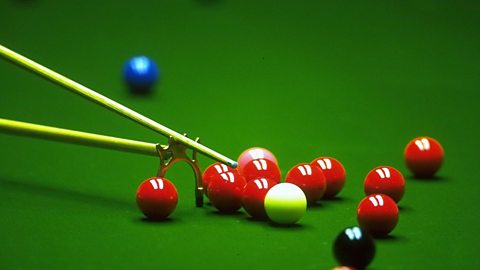
This is by no means an exhaustive list, as any long-term snooker fan can probably tell you. If you want to learn more, the coverage of the World Snooker Championships from Sheffield’s Crucible Theatre could prove an education. Follow it from Saturday 15 April to Monday 1 May 2023.
This article was last updated in April 2023.
A beginner's guide to rowing jargon
What is a cox box? And why is the stroke seat so important?

The origins of football jargon
From hat-trick to volley, learn where some of the most popular football lingo comes from.
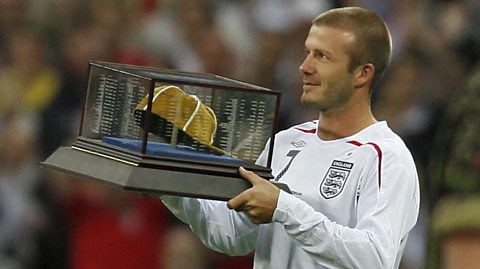
Netball jargon you need to know
The three-second rule, obstruction, pivoting, footwork... how much do you know about Netball?
